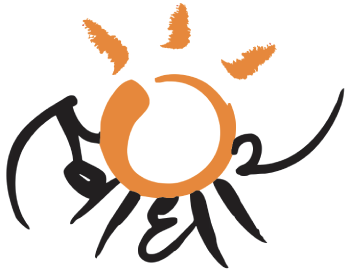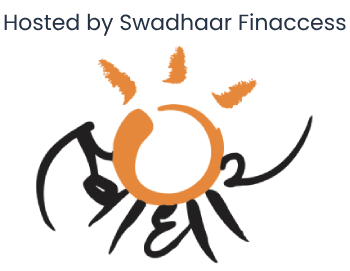APPROACH
From Financial Literacy to Agency
Financial literacy is an essential skill that empowers individuals to make informed decisions about their finances. However, financial literacy alone is not enough. It must be accompanied by financial agency, which is the ability to act based on that knowledge and exercise control over one’s financial well-being.
Seema Horo, a mother of three from a remote village in Jharkhand, has a small income from her work as an agricultural labourer. She has her own bank account, but unfortunately, long distances mean she must spend several hours and bus fare to visit the bank. This had led to limited access to her account and other financial services. She had heard of Customer Service Centres (CSCs) but she was hesitant to visit them and not sure what she would need to do there to operate her account. At a Swadhaar training, Seema learned about other financial products for her family and met other women who also faced similar challenges.
Along with this peer group and helped by Swadhaar’s trainers she began to visit the CSC to make small deposits in her savings account. These small steps helped her slowly build confidence in engaging with the financial ecosystem. She started using her account more frequently, saved more and at the next Swadhaar Product camp, she decided to get insurance policies for her family, and also started a long-term pension plan. This access to formal financial services and funding reduced her vulnerability to economic shocks and has empowered her to make her own decisions.
APPROACH
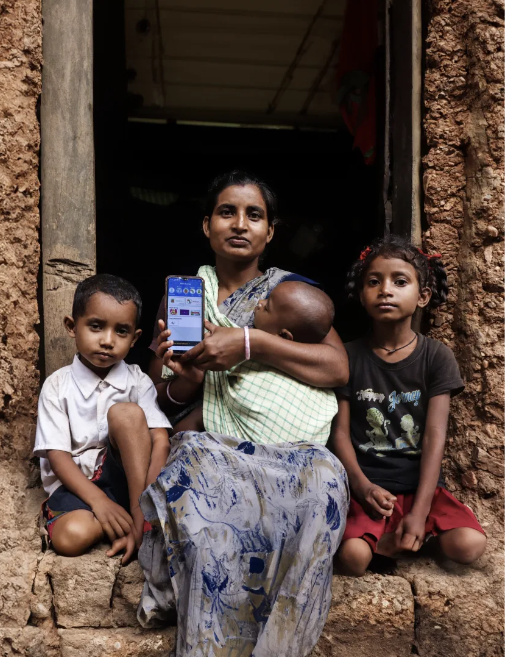
From Financial Literacy to Agency
Seema Horo, a mother of three from a remote village in Jharkhand, made a small income as an agricultural labourer. Unfortunately, living at a distance from the bank resulted in limited access to cash and financial services.
At a Swadhaar workshop, Seema learned about insurance schemes and long-term savings.Swadhaar set up a visiting Product Camp, where local bank representatives and BC agents taught Seema how to access her accounts, make transactions and get updates about new products regularly. After the intervention, Seema started using her account more frequently, saved more and invested in products for her family. The access to formal financial services and funding reduced her vulnerability to economic shocks and has empowered her to make her own decisions.
Financial literacy is an essential skill that empowers individuals to make informed decisions about their finances. However, financial literacy alone is not enough. It must be accompanied by financial agency, which is the ability to act based on that knowledge and exercise control over one’s financial well-being.
THE EVOLVING LANDSCAPE OF FINANCIAL LITERACY IN RURAL INDIA
The financial services landscape in India has evolved dramatically over the last decade with the ‘JAM trinity’ of no-frills Jan Dhan savings accounts, unique identification through Aadhar and mobile networks. The UPI revolution has brought instant financial transactions to the palms of our hands. There were 10 billion UPI transactions in India in August 2023, a global record and an incredible achievement for the India Stack and Digital Payment Infrastructure.
Despite this remarkable expansion, millions still lack access to this digital payment ecosystem and there is a persistent rural-urban divide. There are many, particularly women in rural regions, who struggle to make basic financial transactions and lack the trust and confidence to transact digitally.
Swadhaar looks at financial literacy as a journey from ‘awareness to agency’. Through our work at FINACT, we are building a more holistic approach wherein training interventions are primary contributors to financial literacy and inclusion, and secondary contributors to agency.
CURRENT STATE OF FINANCIAL
INCLUSION AND LITERACY

AN ITERATIVE LEARNING CADENCE THROUGH ‘LIVE LABS’
To build an agile, iterative, ‘learning by doing’ environment, FINACT uses an innovative ‘Live Learning Laboratory’ methodology. We identified locations across Swadhaar’s operational areas that were representative of our typical client segment and established Live Learning Labs (Live Labs) where dedicated Researcher Trainers were recruited to execute the behavioural experiments.
The Live Labs are catalytic in the rapid testing and implementation of different content modules, process changes and key research initiatives. With a learning mindset, we use regular monitoring to capture all details of implementation and are not afraid to fail, often learning as much or more, from unsuccessful attempts. Actionable insights that are developed and tested through this process are tested at scale across our networks, and made openly available, building a pathway for us to share learnings at a sector level.
Live Labs Holistic Design
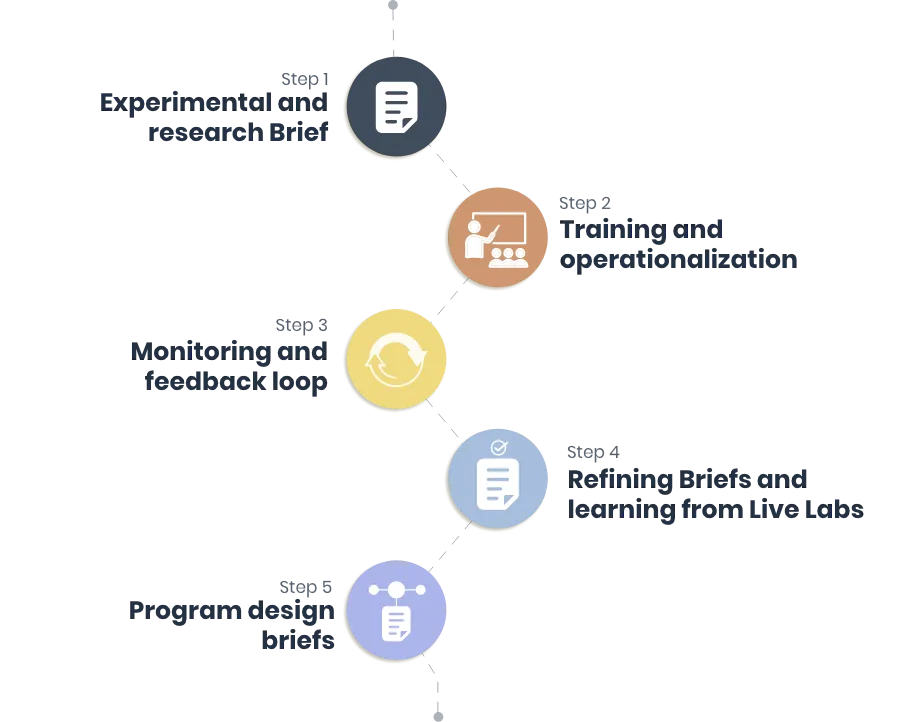
a Holistic Swadhaar Program
THE EXPERIMENT BRIEFS AND PROCESS
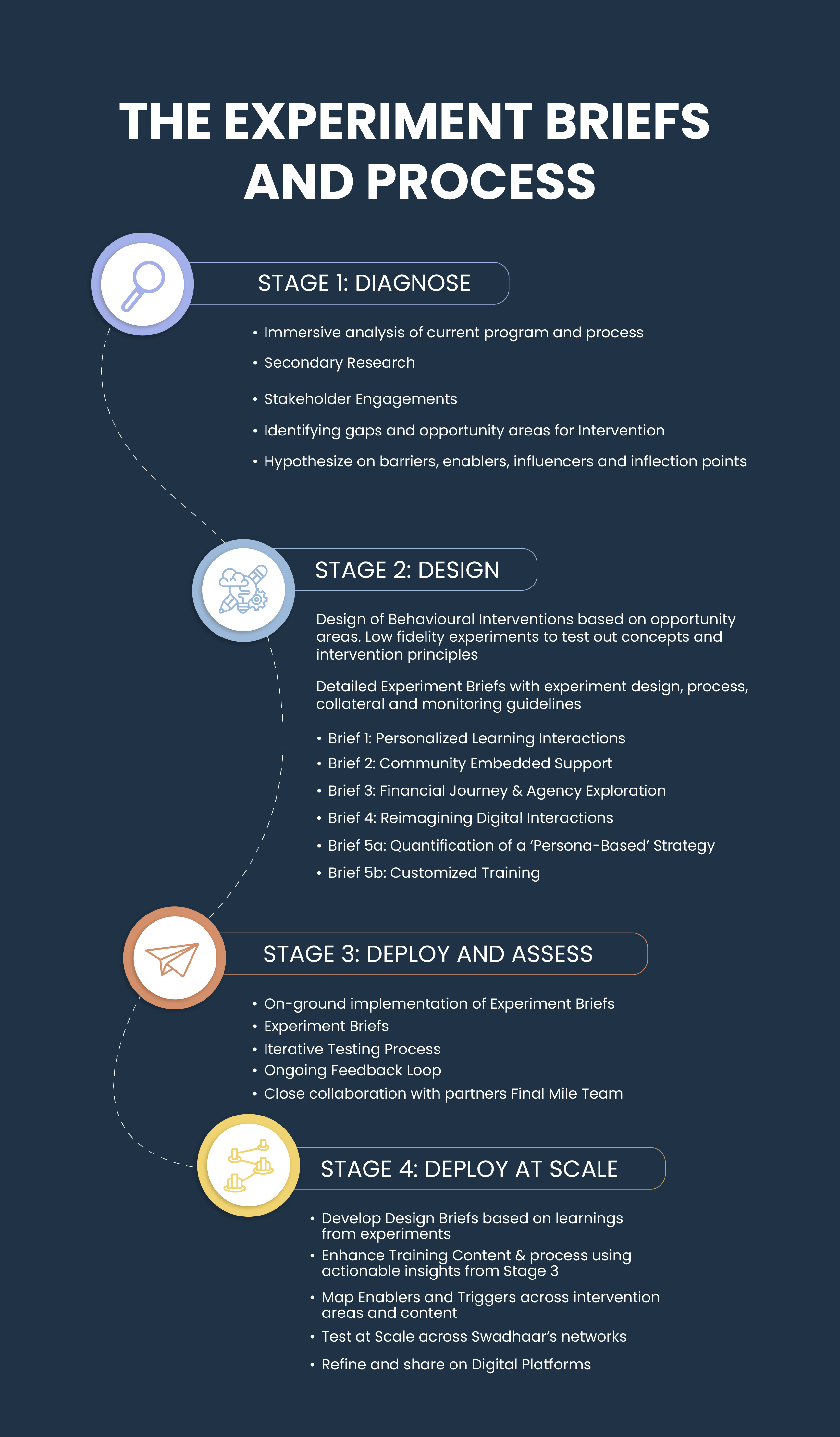
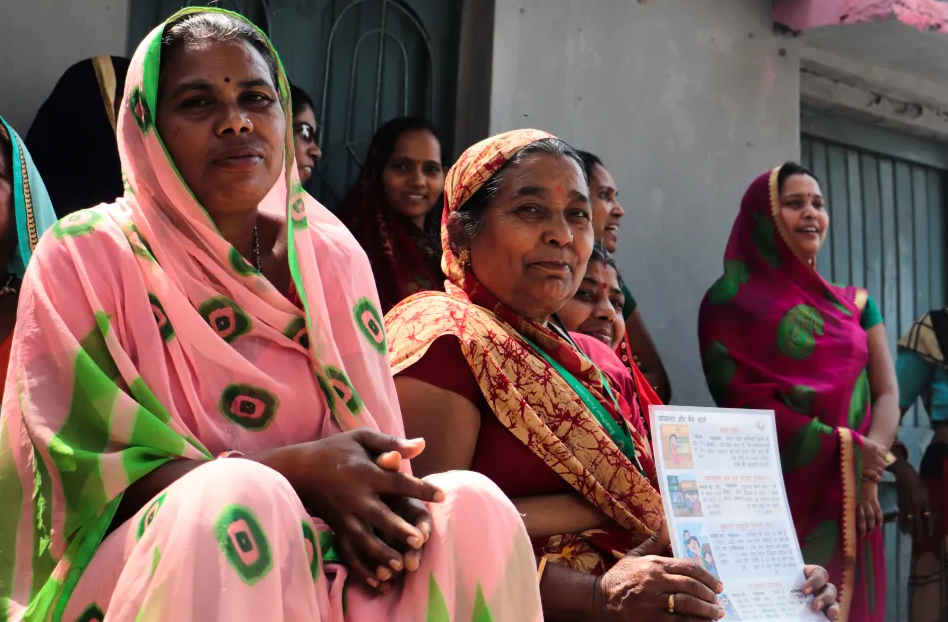
A COMPREHENSIVE ASSESSMENT OF
FINANCIAL AGENCY
Financial agency is a multifaceted concept that encompasses various dimensions. Measuring the journey to financial agency for different women involves understanding the diverse challenges and opportunities they face. Factors like age, education, marital status, geographical location and socioeconomic background can all play a role in shaping this journey. Therefore, a comprehensive assessment of financial agency needs to consider these individual and contextual differences, to tailor interventions effectively and promote inclusive and sustainable financial inclusion.
FINACT’s approach focuses on the household as a comprehensive unit with a deeper focus on the woman as the key changemaker in a family. It has been widely observed that with greater control over financial decisions, women are more likely to invest in their children’s education, healthcare, and family welfare. True agency is achieved when families and women have control over their financial resources. This includes the ability to save, invest, and spend money according to their own choices and priorities. Increased financial agency can also improve women’s overall well-being by giving them the means to access essential services, invest in their health and education and have a say in family financial decisions. Through our mapping of ‘Customer Personas’ based on financial agency, we are refining our interventions to provide women with the tools and resources needed to make decisions that impact their own lives.
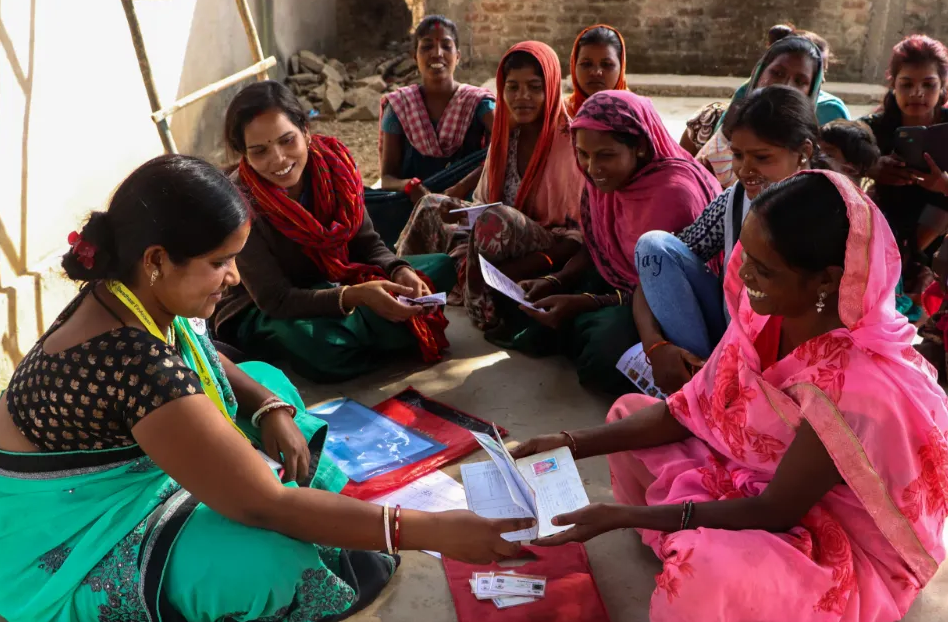
BRIDGING THE GAP BETWEEN PRODUCT OWNERSHIP AND EFFECTIVE USAGE
FINACT works closely with Behavioural Science experts to develop multi-step interventions. Through trainer-led capacity building, self-learning, technology, community support and a sustainable network of programs and initiatives, we address the gaps that come in the way of effective use of financial resources.
From the most basic issues such as how to save, how much to save, what to save on, and what to save for, FINACT addresses nuanced finance-related challenges of the communities that we work with, to map and understand barriers and enablers, and identify interventions and behavioural nudges that can help create a long-lasting, positive impact. Through an iterative, human-centric project approach, we are studying how practices such as banking, digital transactions, insurance, loans and other financial services can become a part of their everyday lives.
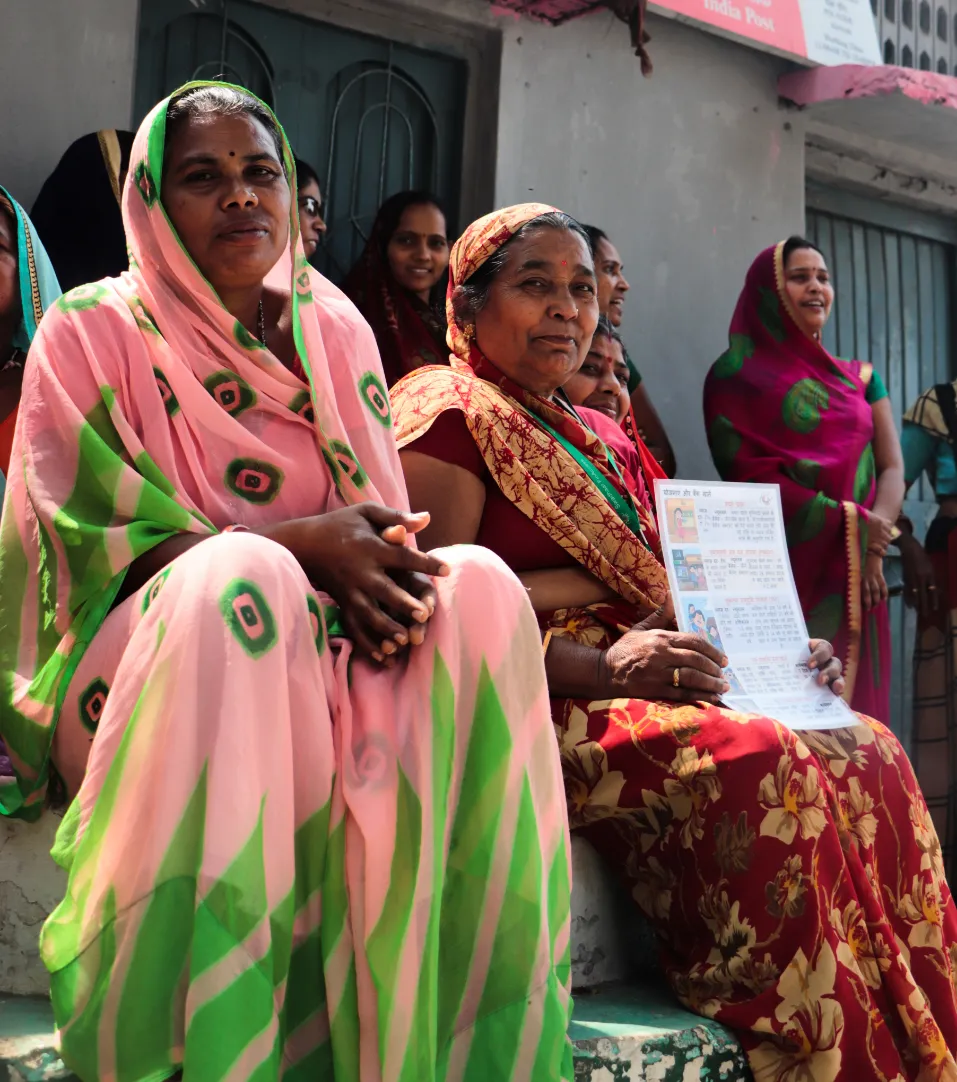
A COMPREHENSIVE ASSESSMENT OF FINANCIAL AGENCY
Financial agency is a multifaceted concept that encompasses various dimensions. Measuring the journey to financial agency for different women involves understanding the diverse challenges and opportunities they face. Factors like age, education, marital status, geographical location and socioeconomic background can all play a role in shaping this journey. Therefore, a comprehensive assessment of financial agency needs to consider these individual and contextual differences, to tailor interventions effectively and promote inclusive and sustainable financial inclusion.
Swadhaar’s approach through FINACT focuses on the household as a comprehensive unit with a deeper focus on the woman as the key changemaker in a family. It has been widely observed that with greater control over financial decisions, women are more likely to invest in their children’s education, healthcare, and family welfare. True agency is achieved when families and women have control over their financial resources. This includes the ability to save, invest, and spend money according to their own choices and priorities. Increased financial agency can also improve women’s overall well-being by giving them the means to access essential services, invest in their health and education and have a say in family financial decisions. Through our mapping of ‘Customer Personas’ based on financial agency, we aim to refine our interventions and provide women with the tools and resources needed to make decisions that impact their own lives, including economic choice, education, healthcare and family planning.
BRIDGING THE GAP BETWEEN PRODUCT OWNERSHIP AND EFFECTIVE USAGE
FINACT is working closely with Behavioural Science experts Final Mile, to develop multi-step interventions, that can lead rural women ahead in their journey from financial literacy and product ownership, to financial agency. Through trainer-led capacity building, self-learning, technology, community support and a sustainable network of programs and initiatives, we aim to bridge the current gaps that come in the way of effective use of financial resources.
Using our unique, customisable, human-centric FINACT project design, and regular, sustainable intervention, we propose to study how practices such as banking, digital transactions, insurance, loans and other financial services can become a part of their everyday lives.
From the most basic issues such as how to save, how much to save, what to save on, and what to save for, the FINACT project will address the nuanced finance-related challenges of the communities that we work with, map and understand barriers and enablers, and identify interventions and behavioural nudges that can help create a long-lasting, positive impact.
FINACT PROJECT APPROACH

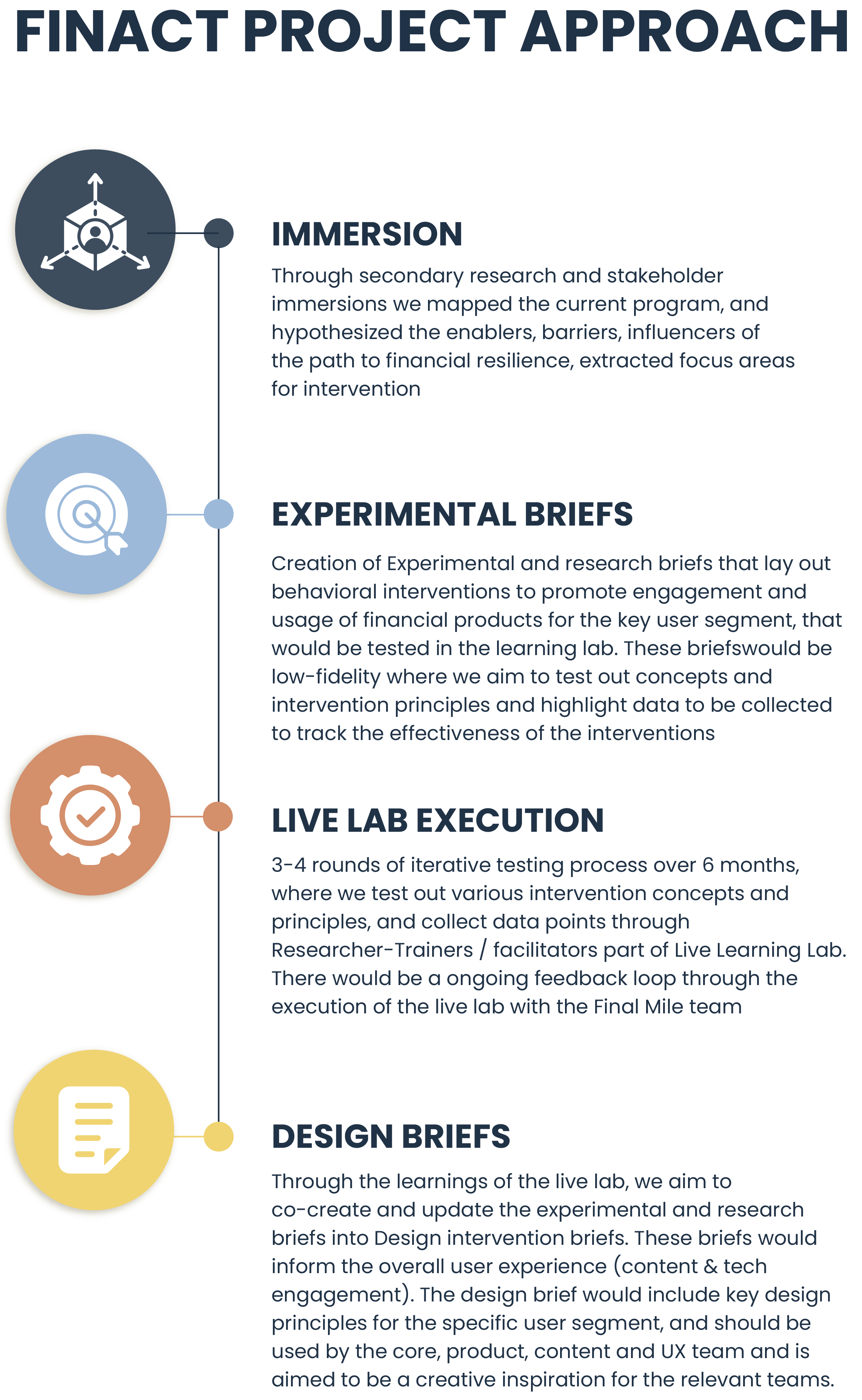
IMMERSION
Through secondary research and stakeholder immersions, we mapped the current program, and hypothesized the enablers, barriers, influencers of the path to financial resilience, extracted focus areas for intervention.
EXPERIMENTAL BRIEFS
Creation of experimental and research briefs that lay out behavioral interventions to promote engagement and usage of financial products for the key user segment, that would be tested in the learning lab. These briefs would be low-fidelity where we aim to test out concepts and intervention principles and highlight data to be collected to track the effectiveness of the interventions.
LIVE LAB EXECUTION
3-4 rounds of iterative testing process over 6 months, where we test out various intervention concepts and principles, and collect data points through Researcher-Trainers / facilitators part of the Live Learning Lab. There would be an ongoing feedback loop through the execution of the live lab with the Final Mile team.
DESIGN BRIEFS
Through the learnings of the live lab, we aim to co-create and update the experimental and research briefs into Design intervention briefs. These briefs would inform the overall user experience (content & tech engagement). The design brief would include key design principles for the specific user segment, and should be used by the core, product, content and UX team and is aimed to be a creative inspiration for the relevant teams.

